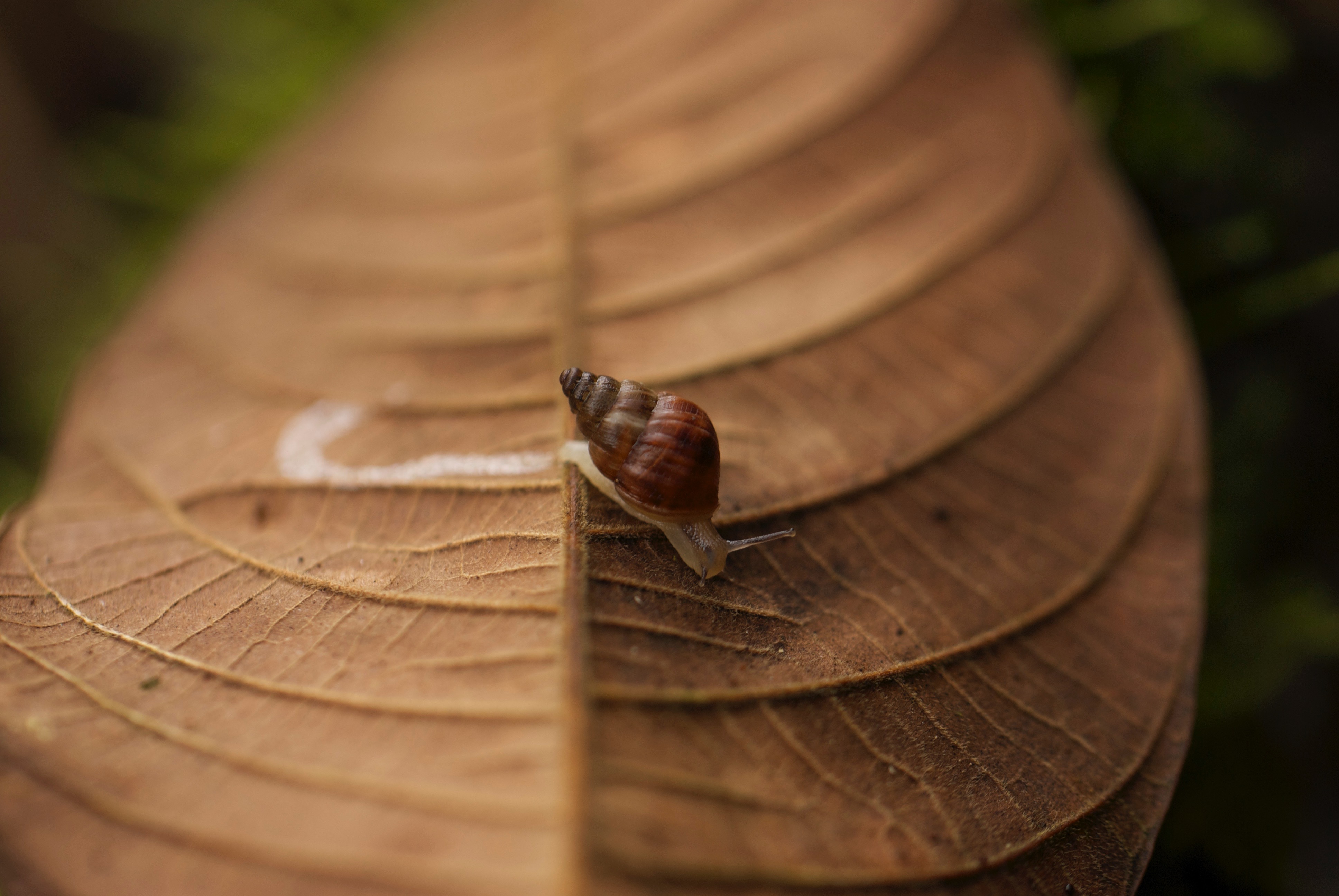Morphological Trade-Offs Balance Predation and Physiology
March 23, 2021Photo: Christine Parent

Dr. Christine Parent, associate professor in the Department of Biological Sciences, was awarded $19,000 from the Murdock Charitable Trust for the Partners in Science Program. The funded project, submitted and awarded through IBEST, will connect Parent with Paradise Creek Regional High School science teacher Matthew Pollard to study evolution using the Galápagos land snail as a natural system.
In the project abstract, Parent asserts that niches within natural systems are constantly changing, with organisms adapting and defining those niche spaces. She says, “we will investigate how evolution resolves this problem in a natural system, the endemic land snails of the Galápagos Islands.â€
In this project, the team will quantify how snail shells have adapted to abiotic environments and avian predation, as well as changes in their relative importance over time. They will digitally reconstruct shell shape and structure and simulate predator attacks through finite element analyses to determine how shell shape may adapt to avian predation.
Their hypothesis is that the shell morphology is similarly optimized to abiotic conditions across islands, while its optimization to biotic conditions, such as predation, increases with increased island age and is associated with more mature communities. “Understanding how factors contribute to shell variation over time represents a first step in describing how evolution resolves complex and dynamic optimization problems in natural systems,†says Parent.